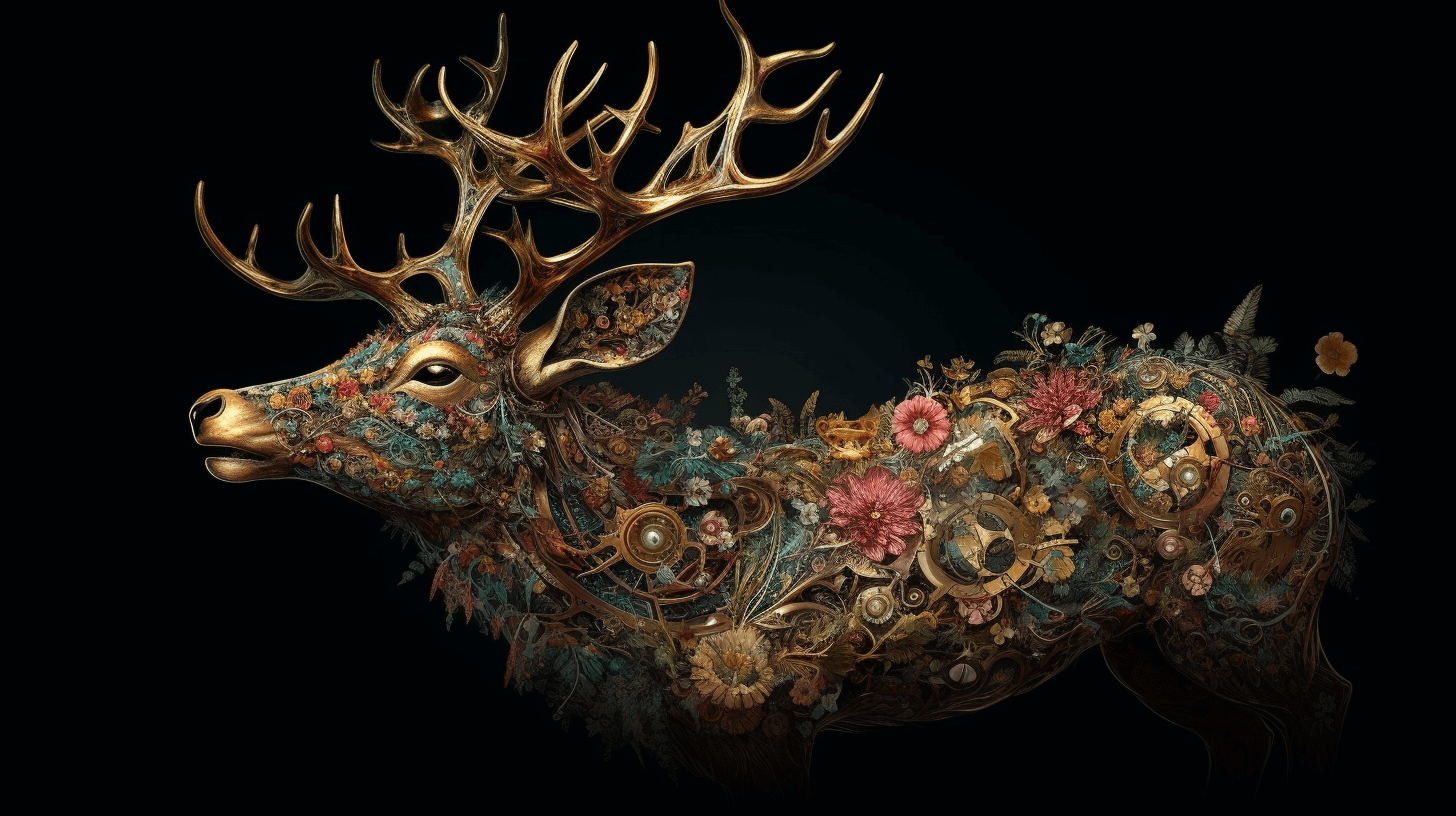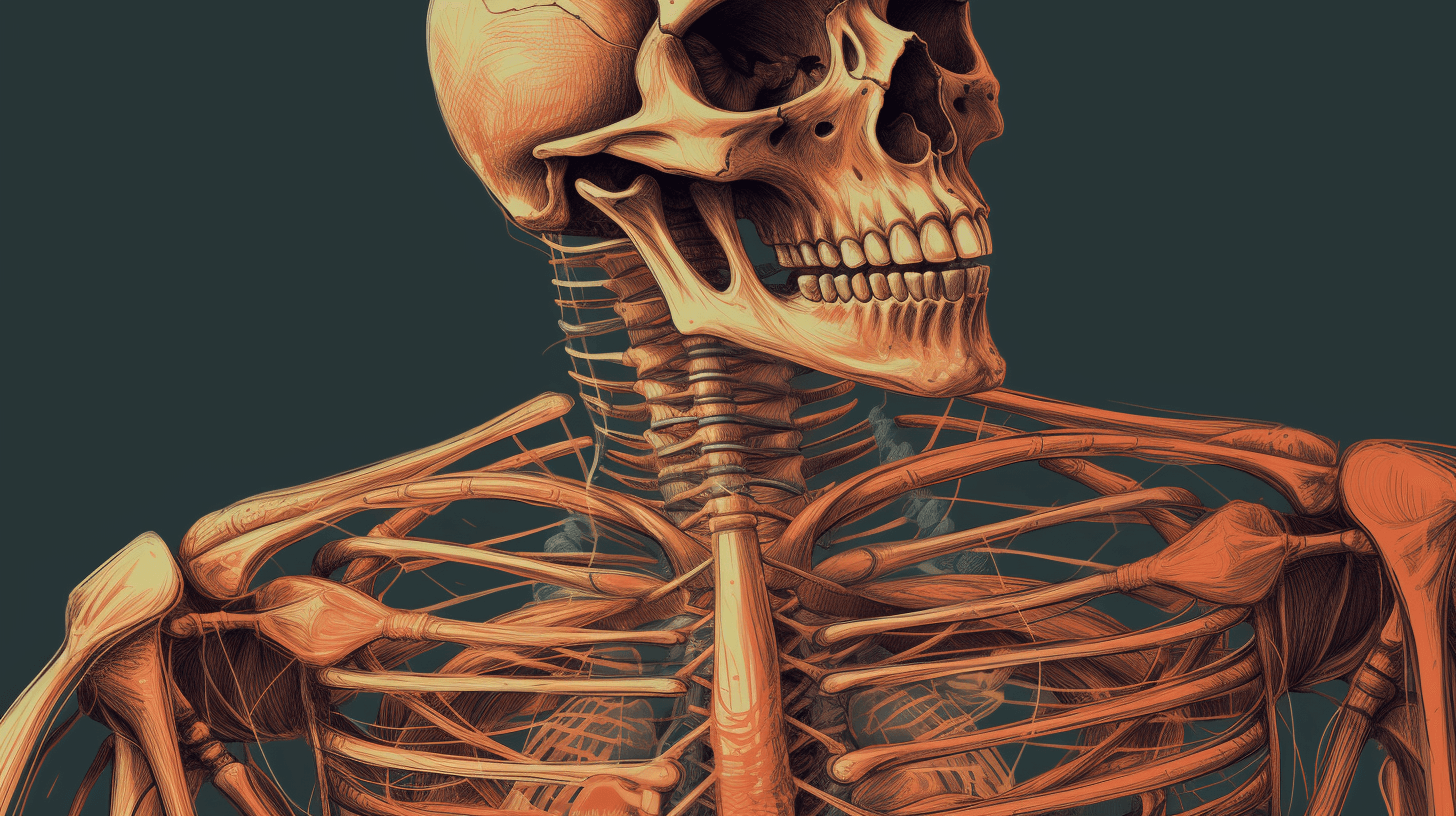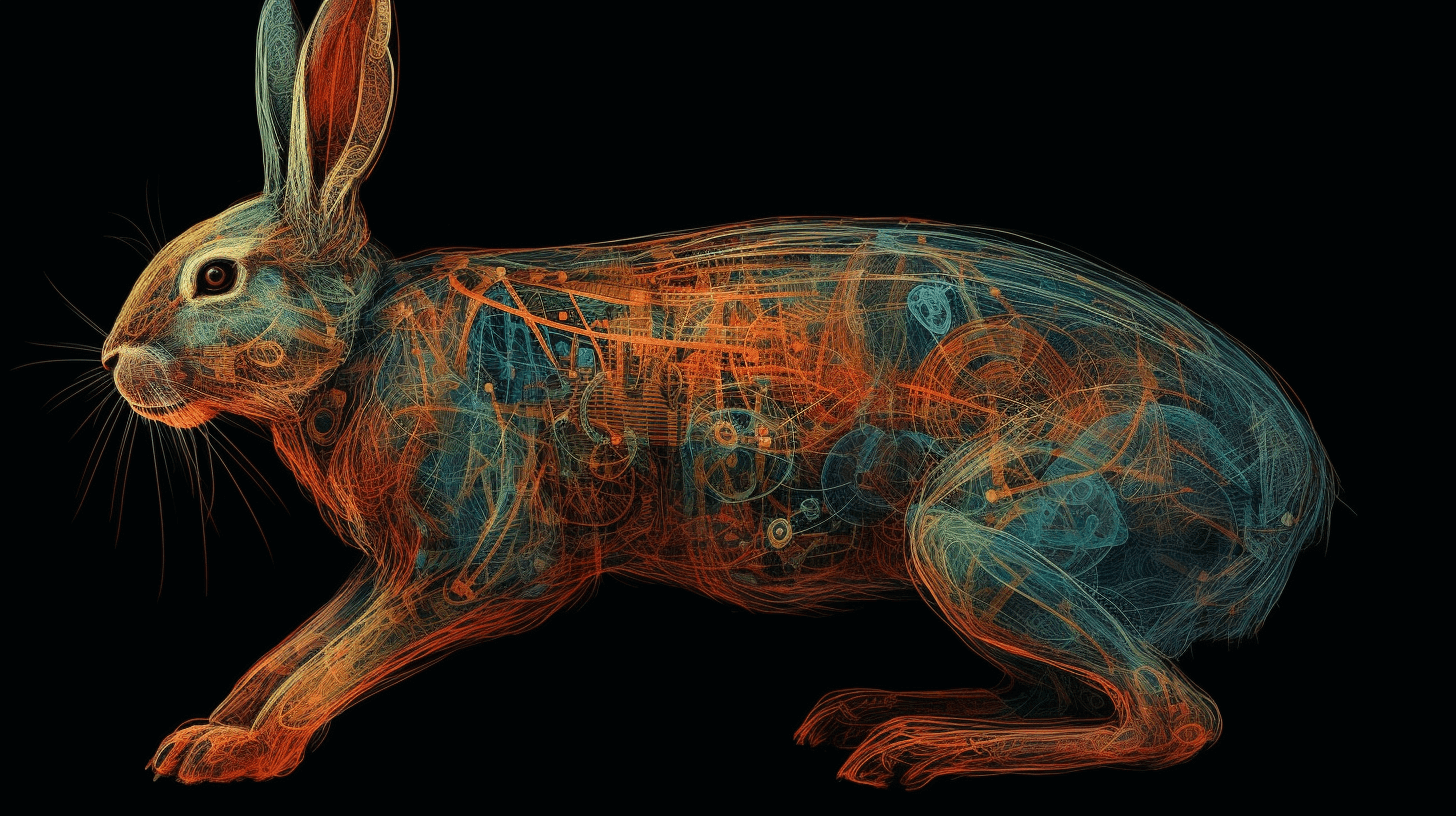
They hop, they wiggle their noses, and they have captivated human hearts for centuries. Rabbits are fascinating creatures with a unique anatomy that sets them apart from other animals. In this article, we will take a closer look at the intricate details of rabbit anatomy and unravel the secrets of our furry friends.
Related: 11 Fascinating Facts About Horse Anatomy You Never Knew
Table of Contents:
Highlighting the Significance of Understanding Rabbit Anatomy
Understanding rabbit anatomy is crucial for anyone who wishes to provide optimal care for these fluffy companions. By delving into their internal and external structures, we gain valuable insights into their behaviors, health indicators, and specific needs. Let us embark on a journey into the world of rabbit anatomy and unlock the mysteries that lie within.
Rabbit Anatomy Basics
Before we explore the fascinating intricacies of rabbit anatomy, let’s start with the basics. Rabbits have a compact body structure, characterized by their small size and long ears. Their anatomy consists of various external features and body structures that contribute to their uniqueness.
Detailing the External Features and Body Structures
Rabbits possess a myriad of external features that not only enhance their cuteness but also serve specific purposes. Their large, expressive eyes provide them with excellent vision, while their twitching whiskers aid in navigation and sensory perception. In addition, their velvety fur, available in various types and colors, serves as protection against the elements and adds to their charm.
Rabbit Skeleton Structure
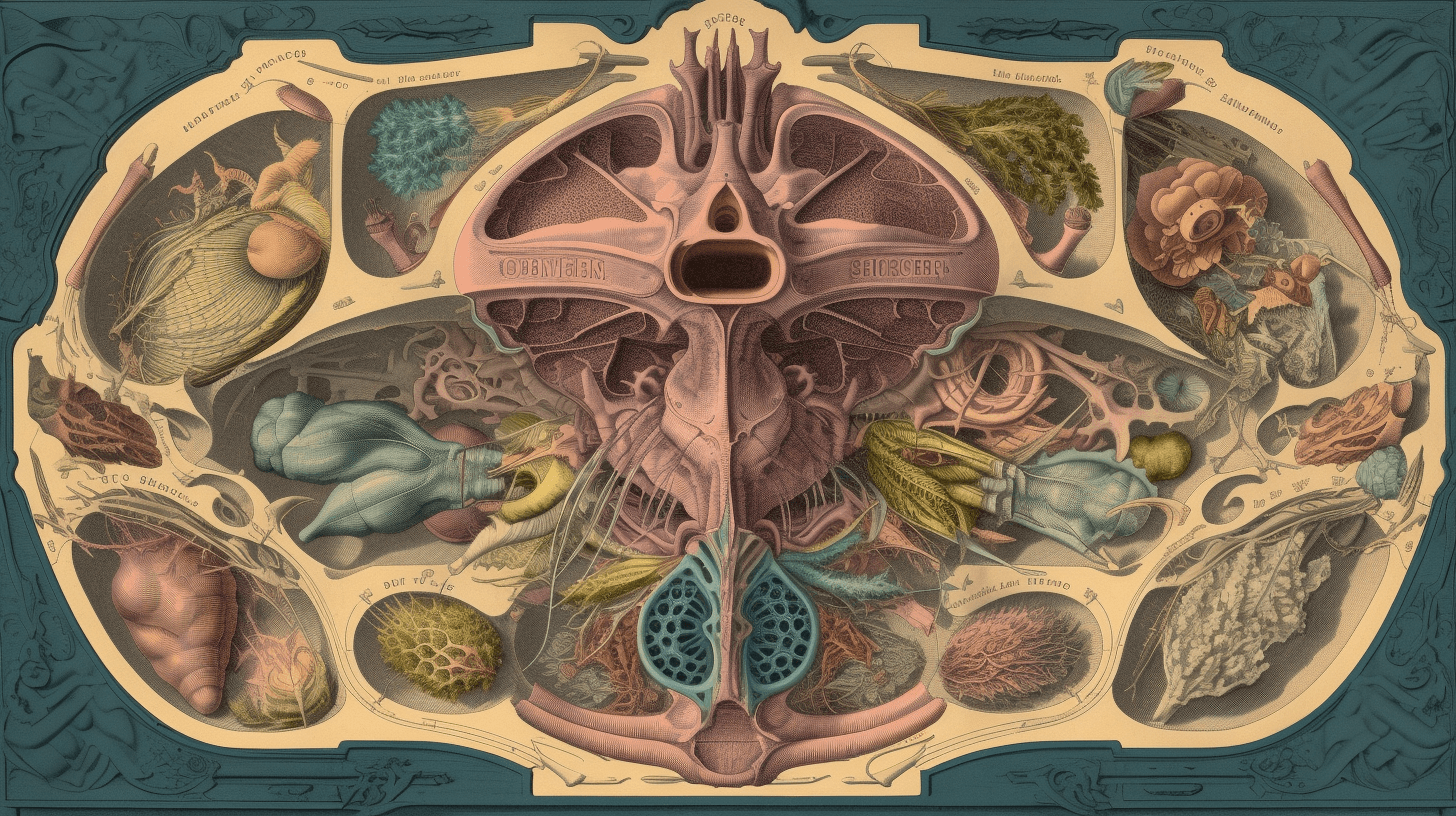
Beneath their fluffy exterior lies a remarkable skeletal framework that supports their agile movements and defines their shape. Rabbits have a delicate skeletal structure consisting of bones, joints, and cartilage. Their lightweight bones allow for swift jumps and hops, while their flexible joints ensure fluid motion in every direction.
Exploring the Key Components and Their Roles
The skeletal system of rabbits comprises several key components. The vertebral column provides stability and flexibility, enabling rabbits to navigate their surroundings with ease. The long hind limbs, equipped with powerful muscles, allow for impressive leaps and bounds. Meanwhile, the ribcage protects vital organs, such as the heart and lungs, ensuring the rabbit’s overall well-being.
Rabbit Digestive System
One of the most fascinating aspects of rabbit anatomy lies in their digestive system. As herbivores, rabbits have a specialized adaptation to process plant-based diets efficiently.
Examining the Specialized Adaptations for Herbivorous Diets
The digestive system of rabbits undergoes a unique process called hindgut fermentation. Their structured digestive tract allows for the breakdown of fibrous plant materials, extracting essential nutrients. The cecum, a pouch-like structure, plays a crucial role in fermenting and extracting nutrients from fibrous foods, ensuring rabbits receive maximum nutritional value from their diet.
Understand Rabbit Ear Function
Rabbit ears have long been synonymous with their adorable appearance, but there is much more to these prominent appendages than meets the eye.
Uncovering the Various Functions Performed by these Remarkable Appendages
Rabbit ears serve an array of functions, extending far beyond hearing. They act as a thermoregulation mechanism, dissipating excess heat during warm weather. Additionally, they allow rabbits to detect even the faintest sounds, granting them heightened awareness of their surroundings and potential dangers. The blood vessels running through their ears help regulate their body temperature, making them an essential part of a rabbit’s overall well-being.
Related: 11 Fascinating Facts About Horse Anatomy You Never Knew
Rabbit Vision Details
While rabbits are known for their acute hearing, their vision is equally remarkable. Their unique visual capabilities and adaptations aid in their survival and contribute to their intriguing behavior.
Exploring their Unique Visual Capabilities and Adaptations
Rabbits possess panoramic vision, which allows them to see predators approach from all directions. Their eyes are positioned on the sides of their head, providing a wide field of view. Additionally, rabbits have excellent twilight vision, enabling them to navigate during dawn and dusk when they are most active. This extraordinary visual acuity ensures their safety and helps them locate food sources even in low-light conditions.
Rabbit Teeth Growth
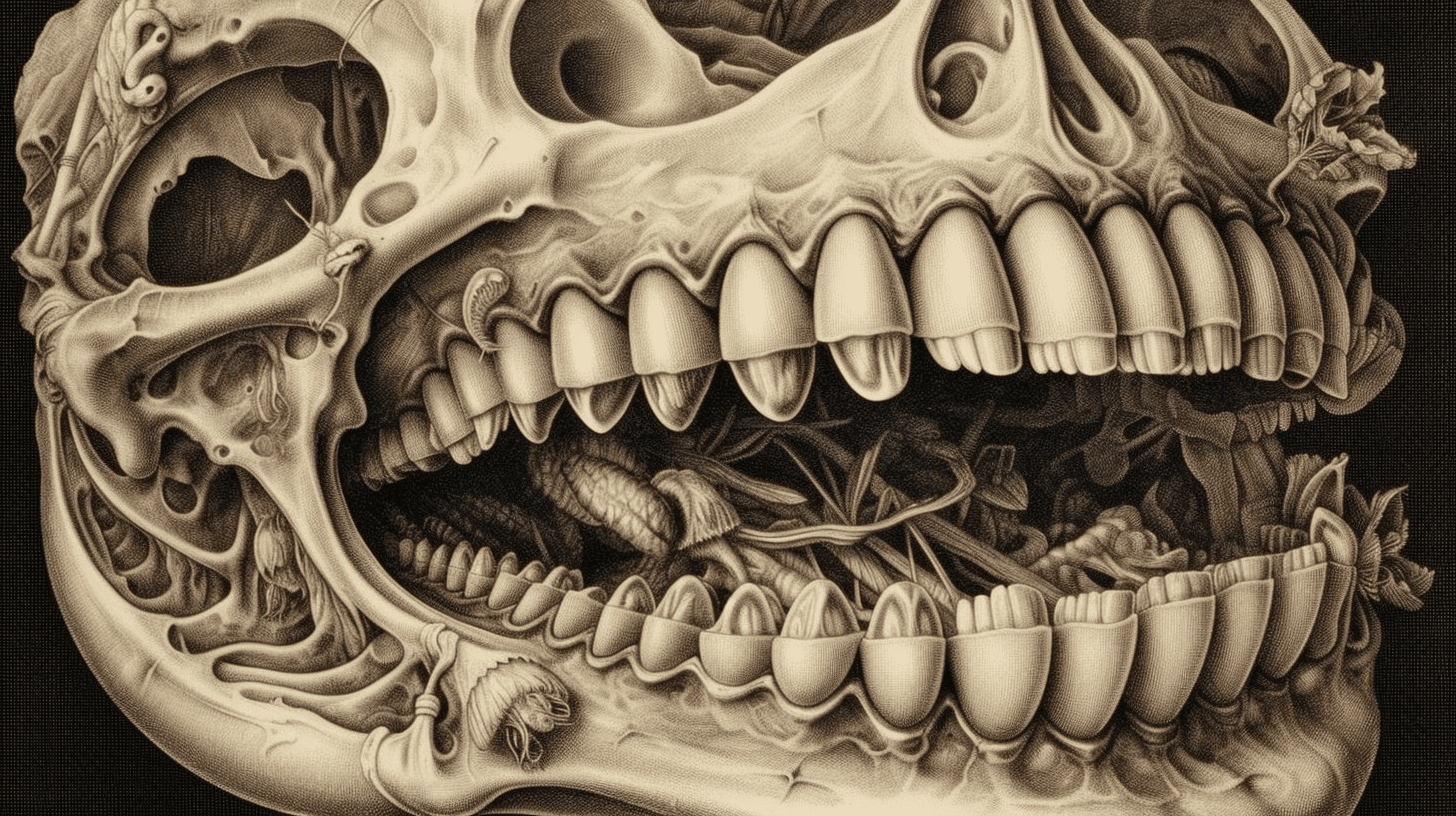
The fascinating mechanism of rabbit teeth growth sets them apart from many other animals. Understanding their dental needs is paramount to maintaining their overall health and well-being.
Understanding the Importance of Proper Dental Care for Rabbits
Rabbits have open-rooted teeth, which continuously grow throughout their lives. This growth is necessary to compensate for the constant wear and tear that occurs from chewing tough fibrous plants. A well-balanced diet, with an emphasis on hay and appropriate chew toys, is crucial to prevent dental issues. Regular dental check-ups and trimming by a veterinarian skilled in rabbit dentistry are essential to keep their teeth healthy and prevent potential complications.
Significance of Rabbit Whiskers
Rabbit whiskers may seem like just another adorable feature, but they play a vital role in their sensory perception and navigation.
Highlighting How these Specialized Hairs Aid their Navigation and Sensory Perception
Whiskers, also known as vibrissae, are highly sensitive hairs located around a rabbit’s mouth and nose. These specialized hairs provide valuable information about their environment, helping them navigate through tight spaces and gauge distances accurately. Vibrissae also serve as an early warning system, detecting air currents and alerting rabbits to potential danger. It is essential never to trim or cut a rabbit’s whiskers, as it can lead to disorientation and affect their well-being.
Rabbit Fur Types
Rabbits boast an astounding range of fur types, each unique and beautiful in its own way. Understanding the different fur types allows us to appreciate their diversity.
Exploring the Various Breeds and their Distinctive Coat Characteristics
Rabbit breeds exhibit an array of fur types, including short, long, curly, and even rex fur. Each breed showcases distinct coat characteristics, such as color, texture, and density. From the luxurious Angora’s long, silky coat to the Netherland Dwarf’s short, dense fur, the world of rabbit fur is a delightful tapestry of diversity.
Rabbit Respiratory System
The intricate workings of a rabbit’s respiratory system contribute to their overall health and well-being. Understanding the unique adaptations for efficient oxygen exchange is crucial for providing optimal care.
Explaining the Unique Adaptations for Efficient Oxygen Exchange
Rabbits have a high respiratory rate, which ensures a constant supply of oxygen to their cells. Their lungs contain a larger surface area compared to body size, enabling efficient gas exchange. However, it is important to note that rabbits are highly sensitive to airborne pollutants. Maintaining a clean and well-ventilated environment is essential to prevent respiratory issues and promote their respiratory health.
Breeds Specific Rabbit Anatomy
While the overall anatomical structure of rabbits remains relatively consistent, different breeds may exhibit specific variations that contribute to their unique characteristics.
Analyzing the Anatomical Variations in Different Rabbit Breeds
Breed-specific traits can influence the overall anatomy of rabbits. From the distinctive ear shapes of lop-eared breeds to the compact body structure of the dwarf breeds, these anatomical variations contribute to the charm and diversity of rabbit breeds. Understanding these variations allows us to appreciate the rich tapestry of rabbit breeds and their unique attributes.
Rabbit Muscular System
Underneath their soft exterior, rabbits possess a muscular framework that enables their agile movements. Examining the muscles responsible for their swift actions provides valuable insights into their abilities.
Detailing the Muscles Responsible for their Agile Movements
Rabbits have powerful muscles that allow them to jump, hop, and navigate their environment with precision. The strong hind limb muscles are particularly important, as they provide the force required for their remarkable leaps. The coordinated contraction and relaxation of these muscles enable rabbits to showcase their marvelous athletic abilities.
Rabbit Reproductive Organ Details
Understanding the reproductive system of rabbits is essential for responsible breeding and ensuring the well-being of these unique creatures.
Exploring their Unique Reproductive Adaptations and Behaviors
Rabbits have a highly efficient reproductive system, capable of rapid breeding and prolific offspring production. Female rabbits, known as does, possess a unique adaptation called induced ovulation. This means that mating triggers ovulation, ensuring successful fertilization. Understanding these reproductive adaptations not only allows us to comprehend rabbit behavior but also assists in providing appropriate care for both males and females.
Understanding Rabbit Nervous System
Rabbits are highly sensitive creatures, and their nervous system plays a vital role in their overall well-being. Exploring their acute senses and intricate neurological connections provides valuable insights into their behavior and care needs.
Unraveling the Mysteries of the Rabbit Nervous System
Rabbits have a well-developed nervous system, consisting of a complex network of nerves that facilitate sensory perception and communication. Their acute senses, particularly their exceptional hearing and vision, enable them to detect potential dangers and react swiftly. Understanding the intricacies of their nervous system allows us to create a suitable environment that promotes their mental and emotional well-being.
Rabbit Foot Structure
Rabbit feet are remarkable structures that contribute to their swift movements and agility. Exploring the specialized adaptations of their feet provides insights into their locomotion.
Discovering the Remarkable Structure and Functionality of Rabbit Feet
Rabbits have unique foot structures that allow for nimble and quick movements. Their hind limbs, equipped with long and powerful toes, enable them to make precise leaps and quick turns. The thick pads on their feet provide necessary cushioning and grip, ensuring stable footing on various surfaces. These extraordinary adaptations allow rabbits to navigate their environment with remarkable ease and grace.
Rabbit Anatomy Differences
Comparing and contrasting the anatomical differences between rabbits and other animals reveals the unique features and adaptations that make rabbits truly one-of-a-kind.
Examining Unique Features and Adaptations that Set them Apart
Rabbits possess several notable anatomical differences compared to other animals. Their long ears, specialized teeth, and high respiratory rate contribute to their unique physiology. Additionally, their digestive system and specific adaptations for herbivorous diets distinguish them from carnivorous or omnivorous species. These exceptional features make rabbits a fascinating species, captivating the hearts of animal lovers worldwide.
Rabbit Skin Conditions
Just like any other animal, rabbits are susceptible to various skin conditions that can affect their overall well-being. Understanding common skin conditions and offering guidance on prevention, treatment, and ongoing care is essential for their welfare.
Addressing Common Skin Conditions that can Affect Rabbits
Rabbits can experience skin conditions such as mites, fungal infections, and bacterial dermatitis. Maintaining proper hygiene, regular grooming, and providing a clean living environment are fundamental in preventing these issues. If any skin abnormalities are observed, seeking veterinary advice promptly is crucial to ensure timely and effective treatment. By being proactive in their care, we can promote the health and comfort of our beloved rabbits.
Anatomy Involvement in Rabbit Behavior
The fascinating connection between rabbit anatomy and their behavior sheds light on how physical attributes can influence their actions and interactions with the world around them.
Understanding How Physical Attributes can Influence their Actions
Rabbit behavior is heavily influenced by their anatomy. For example, the ability to twist and turn their ears allows them to communicate and express emotions. Their acute vision, coupled with their panoramic field of view, enables them to be alert and responsive to changes in their environment. Recognizing these connections enhances our understanding of their needs and allows us to interact with them in a way that respects their natural instincts and preferences.
Healthy Rabbit Indicators
Observing and interpreting the signs of a healthy rabbit based on their anatomy is an essential skill for every rabbit guardian.
Identifying Signs of a Healthy Rabbit based on their Anatomy
A healthy rabbit exhibits various indicators of overall well-being. Their bright, clear eyes, clean and shiny fur, and alertness are all positive signs. Healthy rabbits also have good muscle tone, clear nasal passages, and regular eating and drinking habits. By understanding these physiological cues, we can monitor their health and seek veterinary assistance at the first sign of potential issues.
Assessing Rabbit Health Anatomy
Regular health checks are vital for maintaining the well-being of our rabbit companions. Evaluating their anatomy during routine examinations aids in identifying potential health concerns.
Providing a Comprehensive Guide to Evaluating Rabbit Health based on their Anatomy
When assessing rabbit health, several key areas should be focused on. These include dental health, fur condition, breathing patterns, and overall body condition. By understanding the significance of each of these aspects and regularly observing and evaluating these indicators, we can take proactive measures to ensure our rabbits receive proper medical attention and care, should the need arise.
Anatomy-based Rabbit Care
Incorporating knowledge of rabbit anatomy into everyday care practices is crucial for providing holistic well-being for these adorable creatures.
Offering Recommendations for a Holistic Approach to Rabbit Welfare
Rabbit care involves more than just ensuring their basic needs such as food, water, and shelter are met. By adopting a holistic approach, we can create an enriching environment that supports their physical, mental, and emotional well-being. This includes providing appropriate exercise opportunities, mental stimulation, and a safe, rabbit-friendly habitat. By integrating their unique anatomy and specific requirements into their care routine, we can truly provide the best possible life for our furry friends.
In conclusion, unlocking the secrets of rabbit anatomy allows us to gain a deeper understanding of their unique traits and care needs. By appreciating their external features, skeleton structure, digestive system, sensory adaptations, and much more, we can provide enriched and tailored care for our beloved rabbits. So, let us embark on this journey of discovery and celebrate the wonders of our furry friends’ anatomy.
